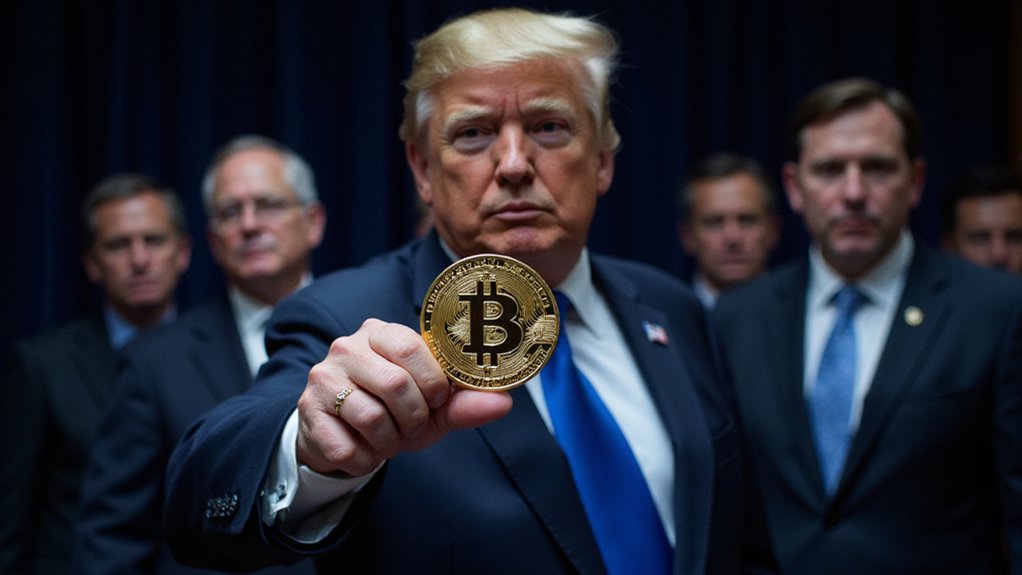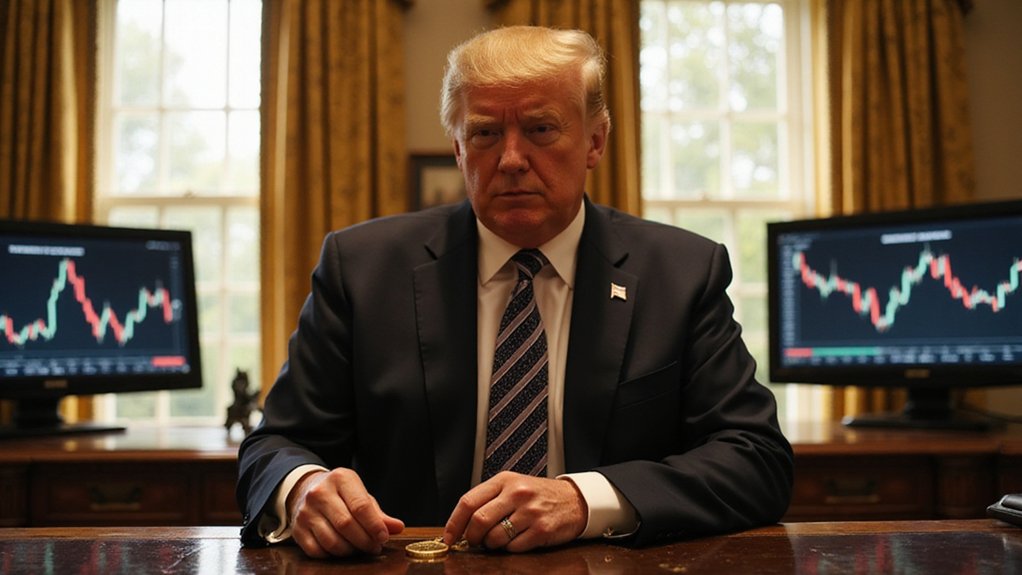The United Kingdom has positioned itself as an unexpected sanctuary for cryptocurrency operations, following HM Treasury’s release of detailed draft legislation on April 29, 2025.
This regulatory framework—bringing cryptoassets under the Financial Services and Markets Act perimeter—represents a delicate balance between stringent oversight and the cultivation of innovation, a tightrope few jurisdictions have successfully traversed.
The UK treads where others stumble, crafting crypto rules that manage the precarious dance between control and creation.
The new regime mandates FCA authorization for most crypto activities, including exchanges, dealers, and custody providers, while carving out exemptions for truly decentralized models. The framework specifically covers activities such as regulated custody arrangements for qualifying cryptoassets, addressing a critical security concern in the industry.
This bifurcated approach acknowledges the unique architecture of DeFi while ensuring traditional centralized services face scrutiny commensurate with traditional financial institutions. (One might wonder if the regulators fully grasp the protean nature of what constitutes “truly decentralized.”)
Stablecoin regulation features prominently, though curiously applies only to UK issuers—creating a potential jurisdictional arbitrage opportunity that savvy operators will certainly explore.
Overseas exchanges serving British customers must secure UK authorization, a requirement that may trigger a reshuffling of the global crypto chessboard.
The timing couldn’t be more significant, with cryptocurrency ownership among UK adults tripling to 12%—a remarkable mainstreaming of what was once considered fringe technology.
The government has highlighted that these regulations will help address crypto scams and prevent risky firms from operating, protecting millions of consumers across Britain.
Institutional investors, traditionally wary of regulatory uncertainty, may now find the UK’s thorough framework sufficiently robust to justify larger positions.
While bearing similarities to the EU’s MiCA regulation, the UK approach imposes more rigorous securities law requirements—perhaps reflecting Britain’s post-Brexit determination to establish distinctive financial infrastructure.
This regulatory intensity comes with increased compliance costs, yet simultaneously creates the credibility necessary for sustainable growth.
The UK’s move aligns with the broader trend toward regulatory clarity that industry experts predict will foster cryptocurrency growth by 2025.
Implementation will unfold gradually, with firms able to apply for authorization in late 2025 before the regime goes live in Q2 2026.
This measured rollout acknowledges the complexity of retrofitting traditional financial guardrails onto blockchain-based systems that were, ironically, designed specifically to circumvent such institutional oversight.
For an industry born of libertarian impulses, the UK’s regulated sanctuary represents an evolutionary compromise—sacrificing some autonomy for legitimacy and, potentially, longevity.









